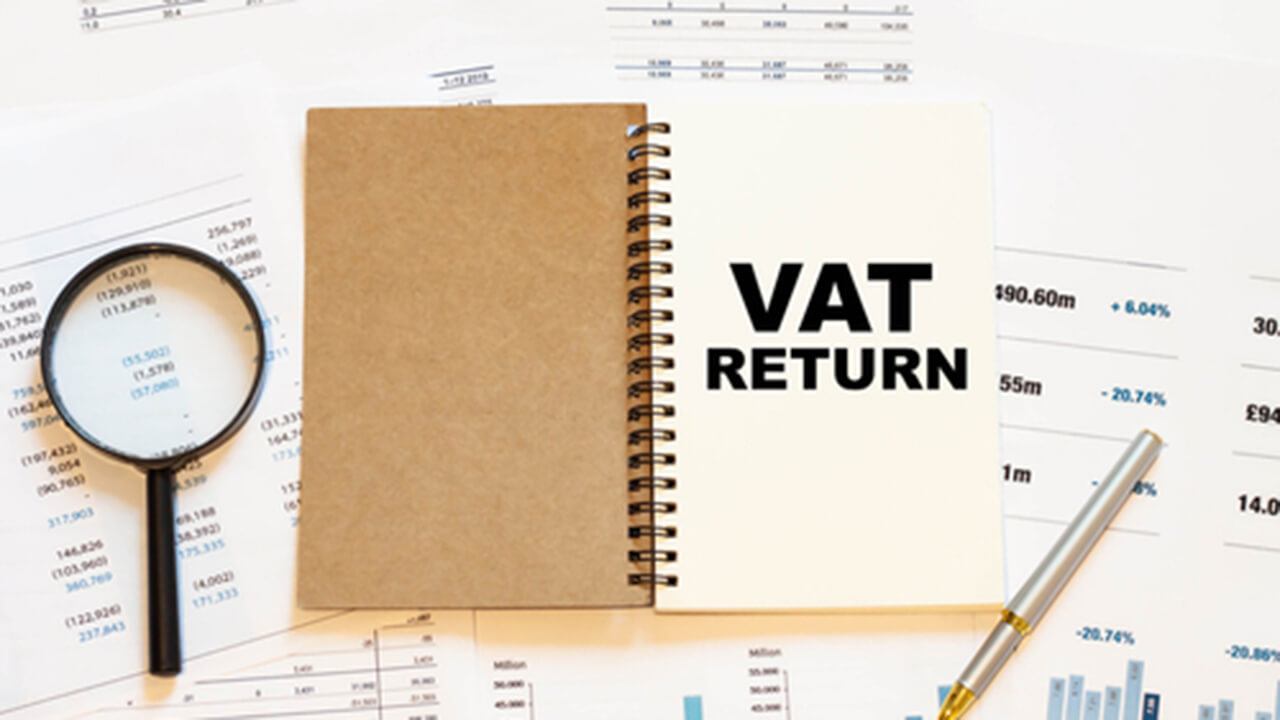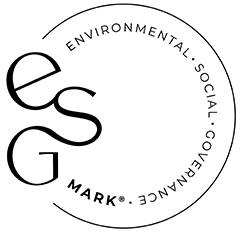The default surcharge regime has ended for VAT returns that start on or after 1 January 2023. However, in their wisdom, HMRC has, since 1 January 2023, issued several pieces of updated guidance on the ‘old’ system.
Unless you notice the statement; “This notice is for accounting periods starting on or before 31 December 2022” readers may think that the ‘new’ regime is very similar to the old regime. That’s because it’s the old regime that HMRC has decided to inform taxpayers of.
Whilst the new system will introduce penalties and interest, the percentages that will be charged are at much lower levels than the 15% maximum that the default surcharge regime could reach.
The point at which the penalties and interest applies has also changed.
Under the default surcharge regime a late return and/or payment generated a notice. If within 12 months of the first late return/payment there was another late return/payment, then a default surcharge would be imposed starting at 2% of the net VAT due (Box 5 of the relevant VAT return). This would then increase for every late return/payment, within 12 months of the last default, to a maximum of 15%.
The new regime has a points threshold before the new penalties and charges apply. These are based on the length of the VAT return periods. Each late return/payment generates a point. The most common VAT periods are quarterly and monthly with the relevant thresholds being 4 points for quarterly and 5 for monthly. So a business submitting monthly returns may exceed the threshold after just five months whereas it could take a year for those on quarterly returns.
An important point is that the points are still given if the late return is a repayment or nil return. Once the threshold has been exceeded a fixed penalty of £200 per subsequent late return/payment will apply, even if that return is a nil or repayment return.
For example, a business that is currently dormant is on monthly VAT returns. Under the old regime once a late VAT return was submitted the actual VAT due (here nil) would replace the default surcharge amount; but under the new regime it could find itself incurring a £200 penalty per late return, which is not refunded once the return is eventually submitted.
If you are struggling to pay your VAT, you should call HMRC before the return due date to see if a time to pay arrangement could be made.
Add to this HMRC have also said that they will treat 2023 as a ‘soft landing’ so that between 1 January 2023 and 31 December 2023, the first charge will not be imposed on taxpayers that pay their VAT liability in full within 30 days of the payment’s due date.
If you are currently subject to the default surcharge your slate will be wiped clean when the new regime starts (whichever is the first VAT return with a start date of 1 January 2023 or later).
So the new regime for VAT returns starting on or after the 1 January 2023 is less of a financial blunt instrument than the old regime but it is more complex with more event points triggering further charges and or interest.
Please contact
Ian Marrow
if you would like to discuss the new regime for VAT returns further.
If you have any questions about the above, or would like more information specific to your circumstances, please enter your email address below and we will get in touch:













